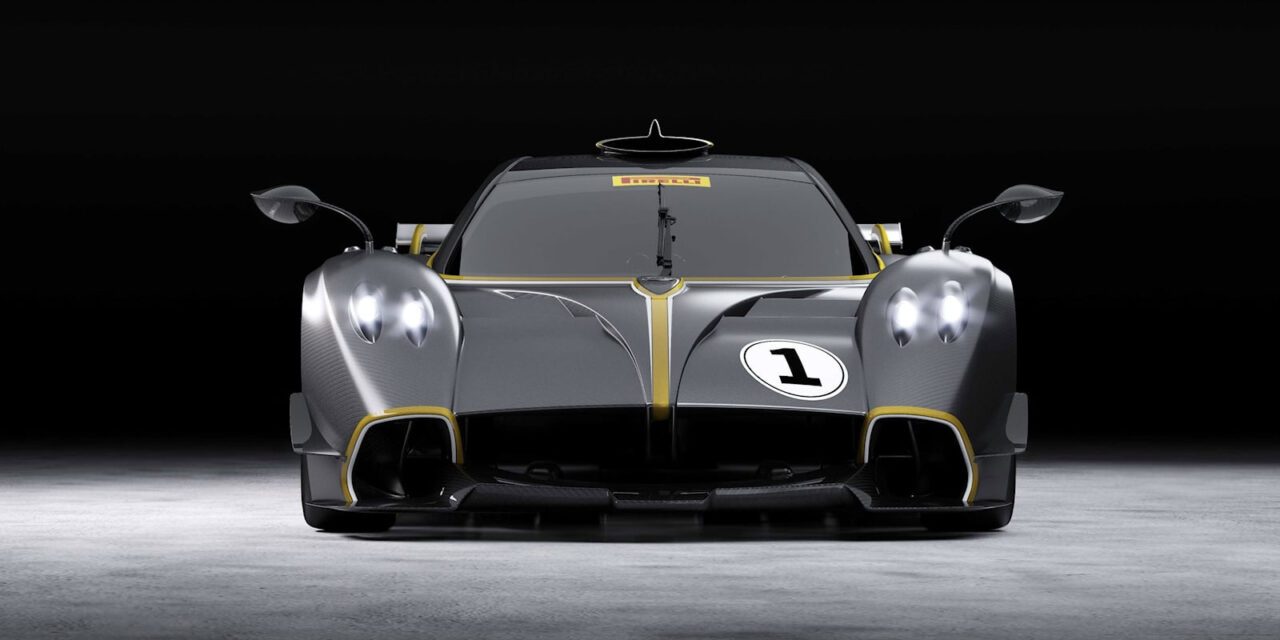After four years of research into developing an electric car, Pagani have arrived at the conclusion that creating an EV is simply not worth it, nor would the final product be exciting enough.
“In 2018, I created a team working on fully electric cars,” Horacio Pagani, the company’s founder and CEO, recently told Autocar, before adding that “in four years, we never found interest in the (electric) supercar market.”
In addition to the lack of interest in electric super and hypercars is the problem of weight. The sheer weight of batteries is the elephant in the room as far as hypercars are concerned, and it is a heavy one at that. Pagani’s study suggests that it would require a 600 kg battery pack to create a viable hypercar. To put it into perspective, that is already more than half the weight of the hardcore Huayra R, which weighs in at 1,070 kg.
It is easy to point out at this point that despite the weight of EVs, they often outperform their ICE counterparts in the matter of straight line speed. However, just going fast is not enough for Mr Pagani, who bought a Tesla to better understand EVs.
Pagani told Autocar that “I own a Tesla to understand EVs, and it’s not necessary to have such high performance in them. The challenge is to make an EV that gives good emotion like a normal ICE. Pagani isn’t going to do something just with good performance, as you can do this (now), but to give emotion to the driver.”
So Pagani dreams of building a 1,300-kg electric hypercar, but having discovered that this would not be possible, the Italian marque will simply stick to powering its machines with V12 engines that are sourced from Mercedes.
Not only does a naturally aspirated 12 cylinder engine produce a symphony of sounds for the lucky driver, it also propels them to exhilarating speeds, all while remaining significantly lighter than a similarly powerful electric powertrain configuration.
The environmental question still remains, but Mr Pagani believes that the impact of such small scale hypercars is negligible from an environmental standpoint, and he’s not wrong. Even the European Union agrees. Well, sort of.
EU regulators have extended the deadline for supercar makers to switch to zero-emission powertrains from 2029 to 2035, giving the likes of Pagani, Bugatti, Lamborghini and Ferrari an extra six years to continue creating audibly pleasurable cars. However, mass manufacturers will still have to go fully electric by 2029. This should provide ample time for battery technology to advance to a point that will better suit lean, mean driving machines.
In the meantime though, Pagani will continue to invest in research and development, as the day of full electrification will eventually be upon us. “We’re one of the top companies that invests in the future. We usually invest 20%. Last year, it was 14 percent,” said Pagani, before adding that “It’s like a race: you can stop, but when it restarts, you’re at the back. Even if you have no new car, you’re investing.”
The news that Pagani is sticking to V12 greatness has been warmly received by the automotive community, which is happy to hear that the marque’s upcoming hypercar, the C10 will be powered by an ICE. Having been referred to as the “new chapter in the Pagani story,” the C10 is set for launch in Milan on September 10, 2022.


